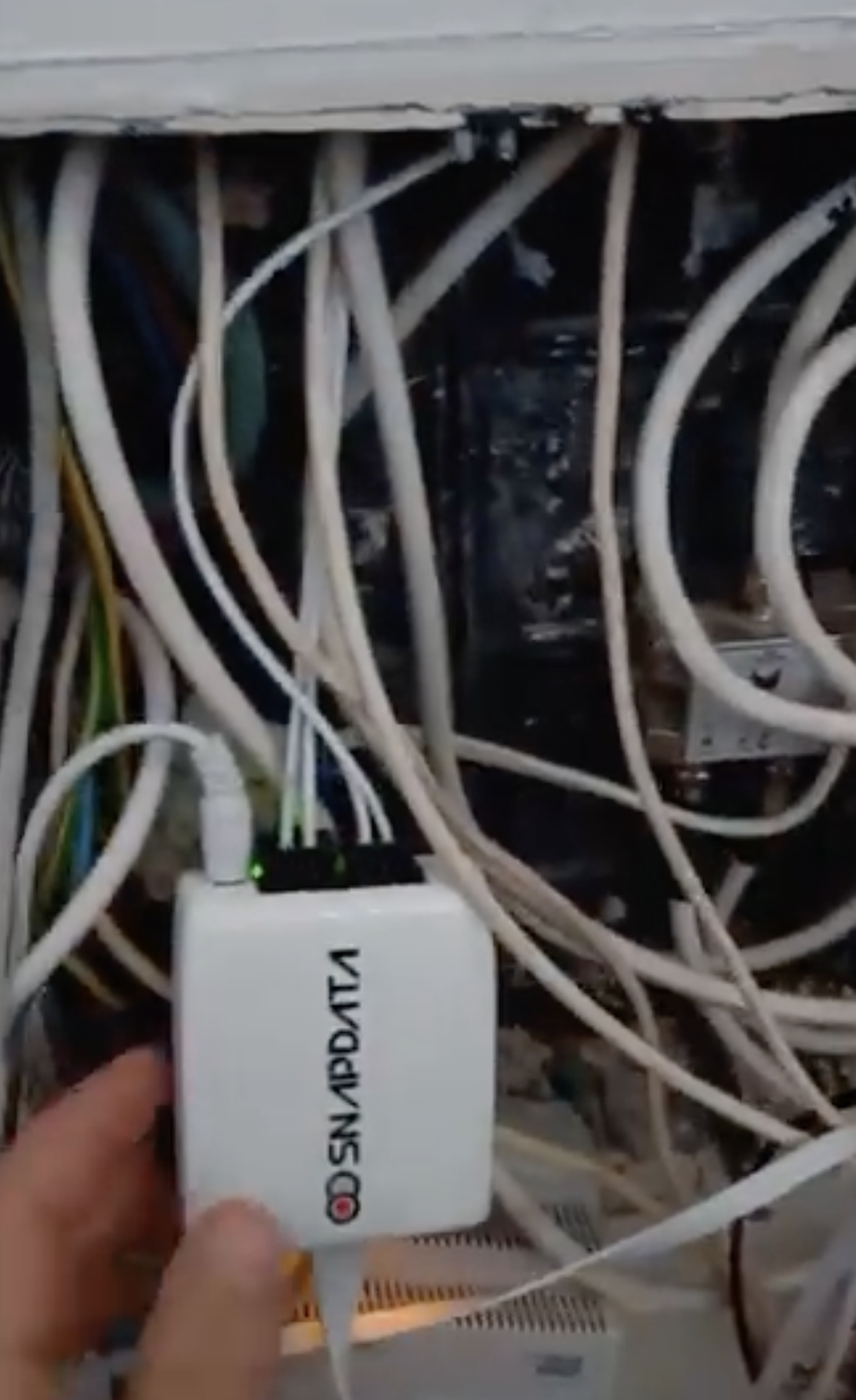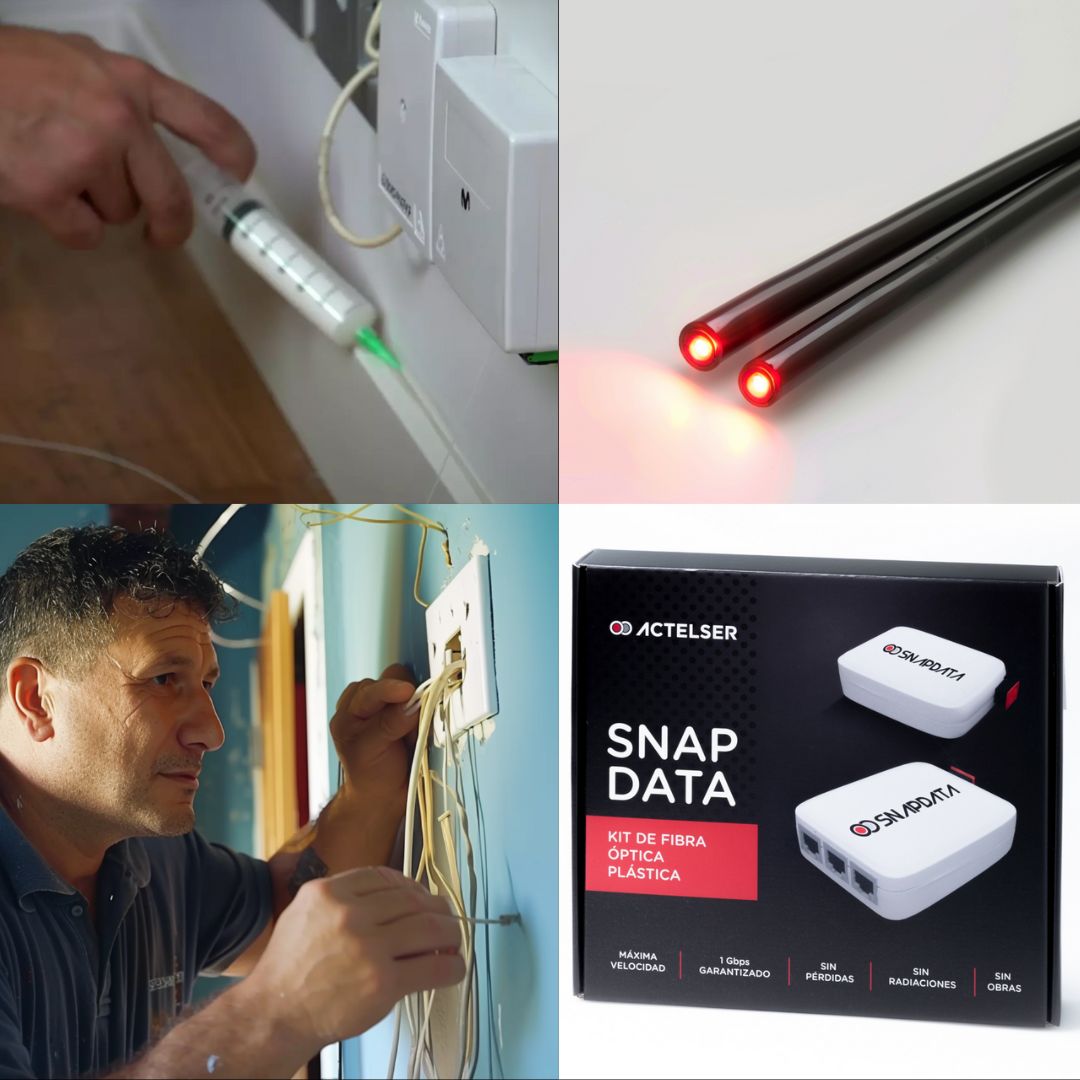
Two technologies stand out for their ability to significantly improve high-speed coverage: Fiber to the Room (FTTR) and Plastic Optical Fiber (POF). We explore in detail each of these options, their characteristics, advantages, and installation considerations to help you decide which is the best solution for your needs.
Fiber to the Room (FTTR)
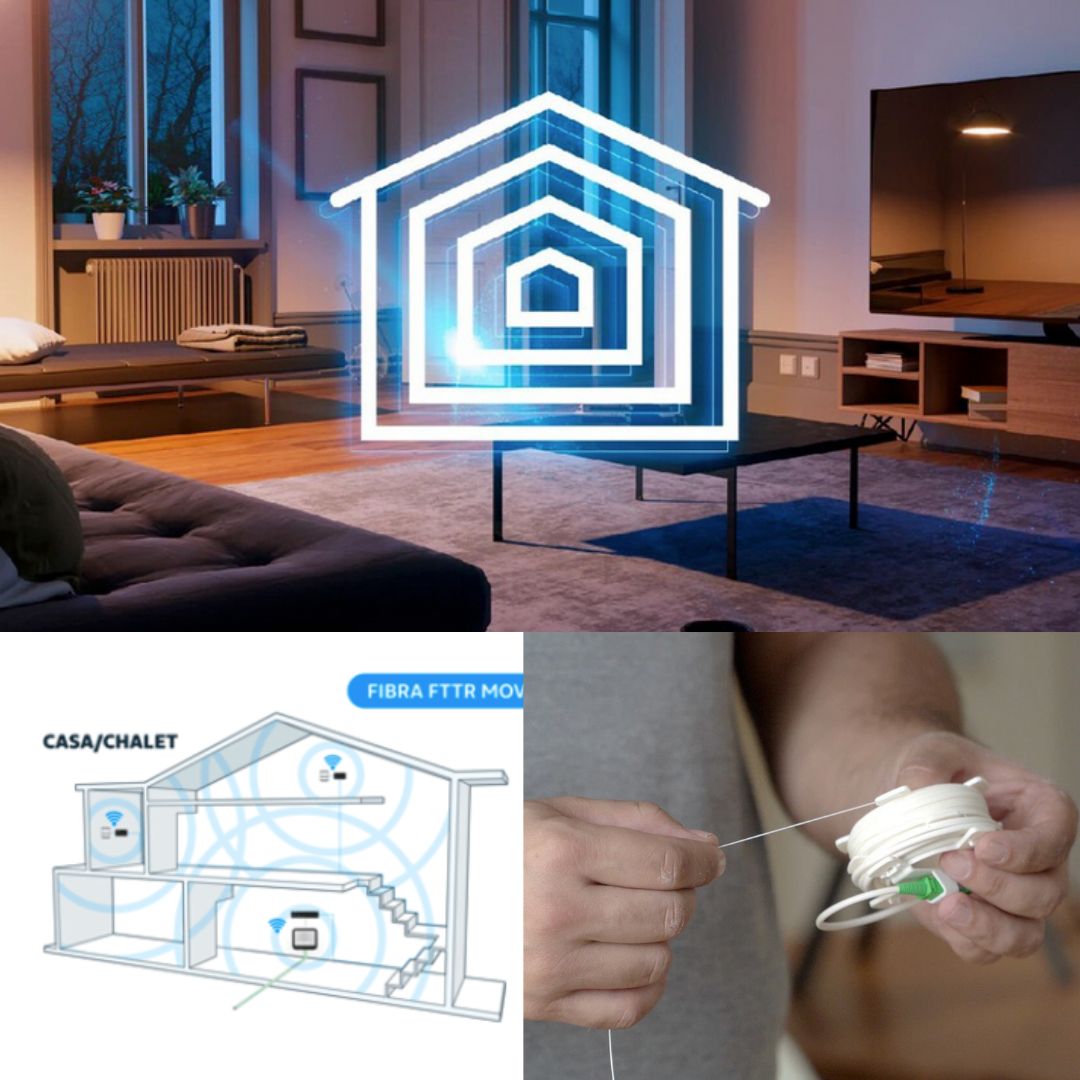
FTTR technology aims to extend high-speed internet coverage to all rooms in a house. FTTR installation is done externally along skirting boards and door frames, making the wiring visible but avoiding major construction work.
Movistar's FTTR service has a monthly cost of 9.90 euros for life, plus an activation fee of 120 euros. It includes a WiFi 6 router and all the necessary kit for system installation. The offer is available in Madrid and Barcelona. The commitment period is 24 months, with a penalty of up to 100 euros for early cancellation, and additional costs if you choose to keep the equipment after service termination.
Advantages:
- Wide Coverage: Ensures high-speed connection in every room with speeds of up to 1 Gbps.
- Easy Access: Does not require major construction work for installation
Disadvantages:
- High Cost: FTTR service can cost over 357 euros in two years, including monthly fees and mandatory commitment.
- Only for Movistar customers
- Currently only available in Madrid and Barcelona
- 24-month commitment contract
- Extra monthly fee of 9.90 Euros
- Visibility of Wiring: Can be aesthetically invasive as it is not hidden within existing structures.
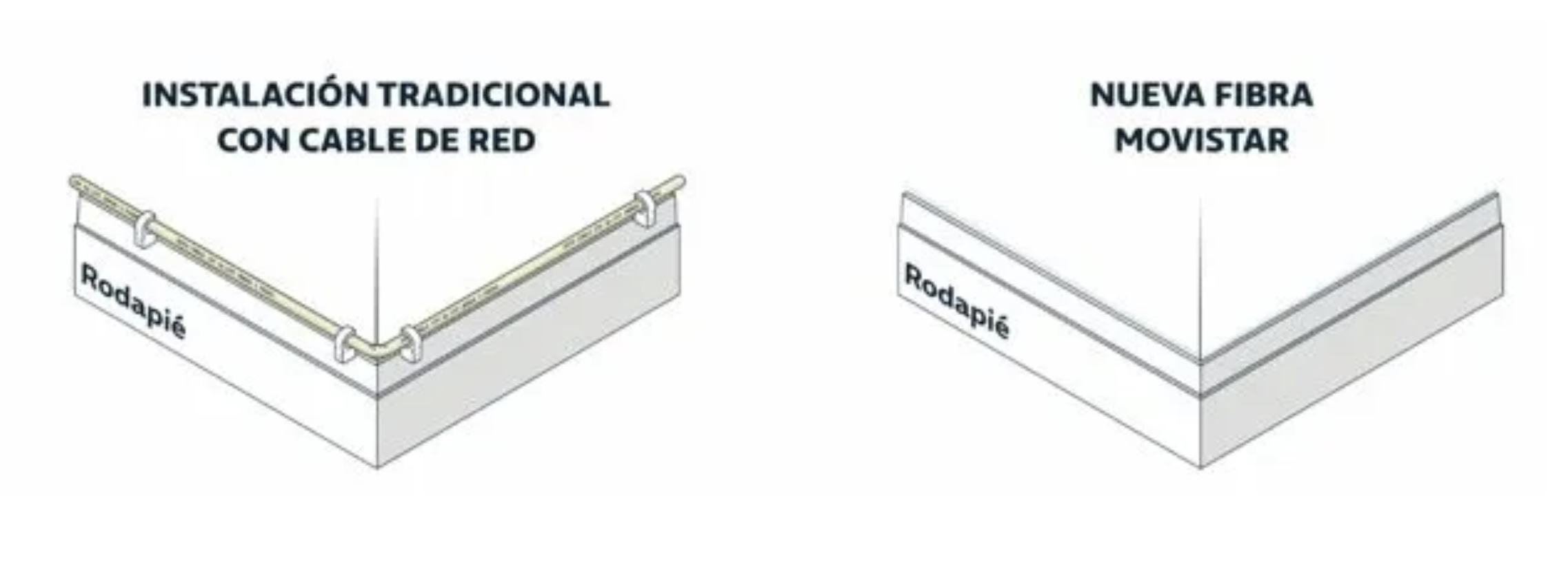
Plastic Optical Fiber (POF)
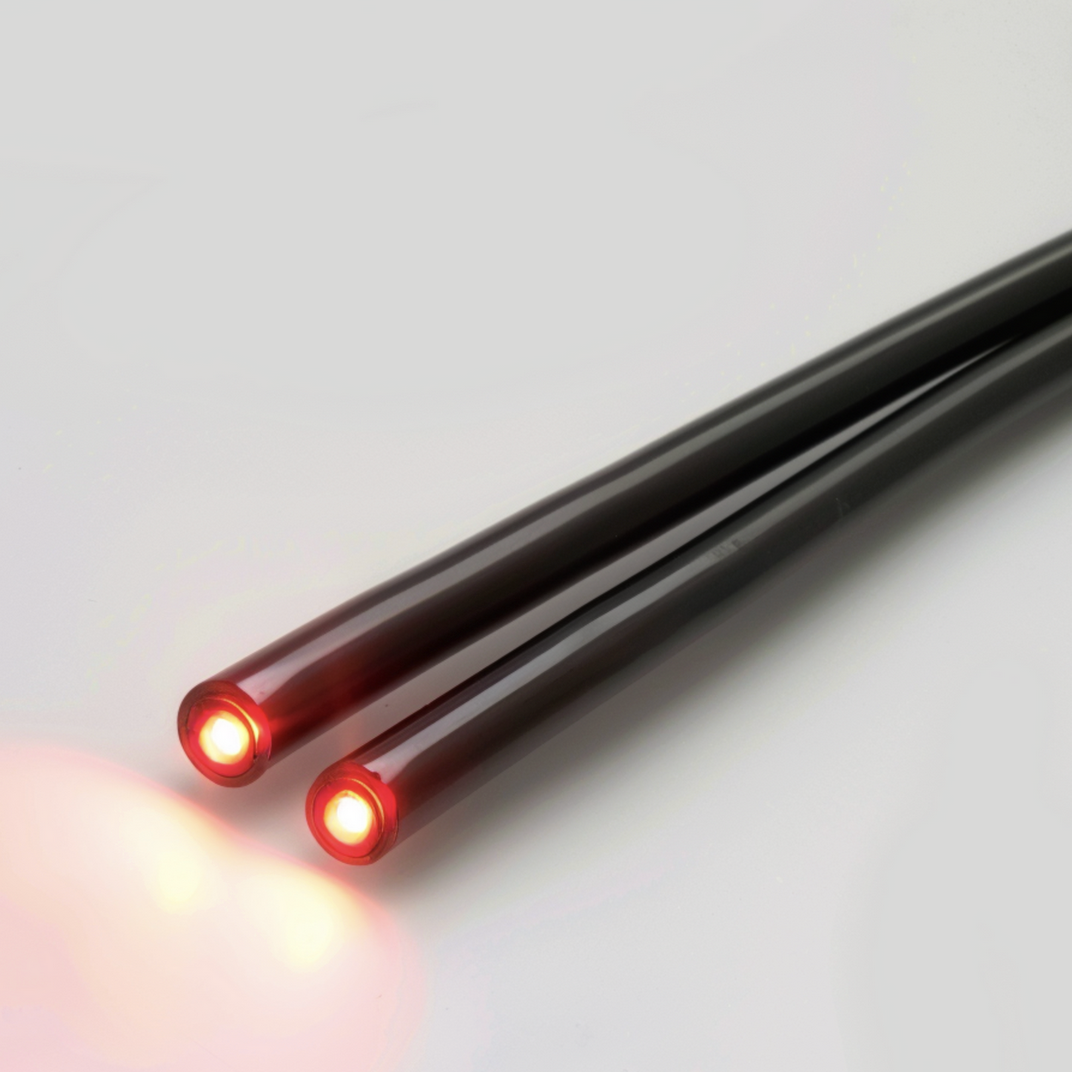
On the other hand, Plastic Optical Fiber from Actelser is presented as an innovative and less invasive alternative. This type of fiber is installed inside existing electrical conduits, minimizing the visibility of wiring and the inconvenience associated with more traditional installations.
Advantages:
- Accessible Cost: Actelser's POF has a much lower initial cost, starting from 75 euros, and does not involve additional fees or commitments.
- More Discreet: Can be completely hidden, easily integrates into existing infrastructure without the need for construction work.
- Self-installable
- Freedom to Choose Operator: Allows choosing any internet service provider, offering flexibility to the user.
Disadvantages:
- POF is slightly thicker (although not much), if installed externally like FTTR it may be more visible.
- There is no app to monitor installation with a mobile phone, although it is not essential, some people like to have that.
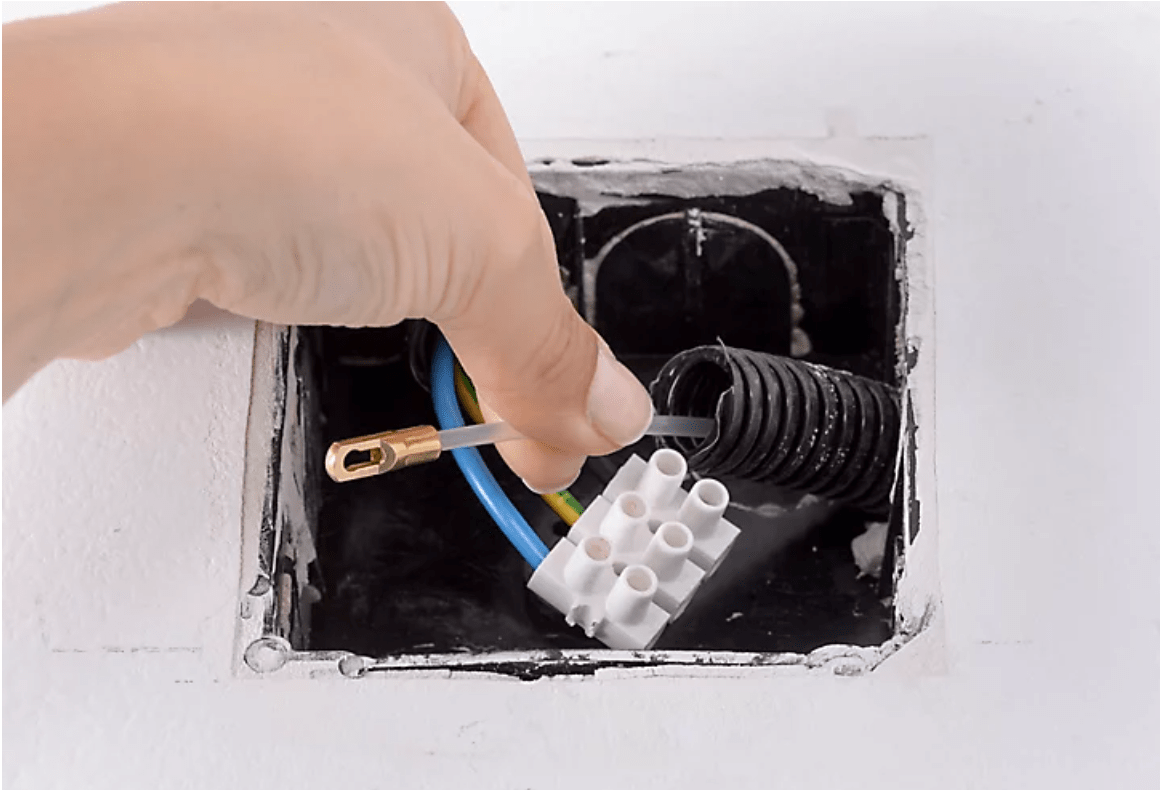
Installation and Maintenance
Both technologies offer solutions to improve connectivity in hard-to-reach places within homes. The choice between FTTR and POF will depend on various factors including budget, desired ease of installation, and home aesthetics. While FTTR offers a quick solution with wide coverage, POF stands out for its cost-effectiveness and lower visual impact.
If you are looking for a more economical and flexible option, Actelser's Plastic Optical Fiber could be the ideal solution.

